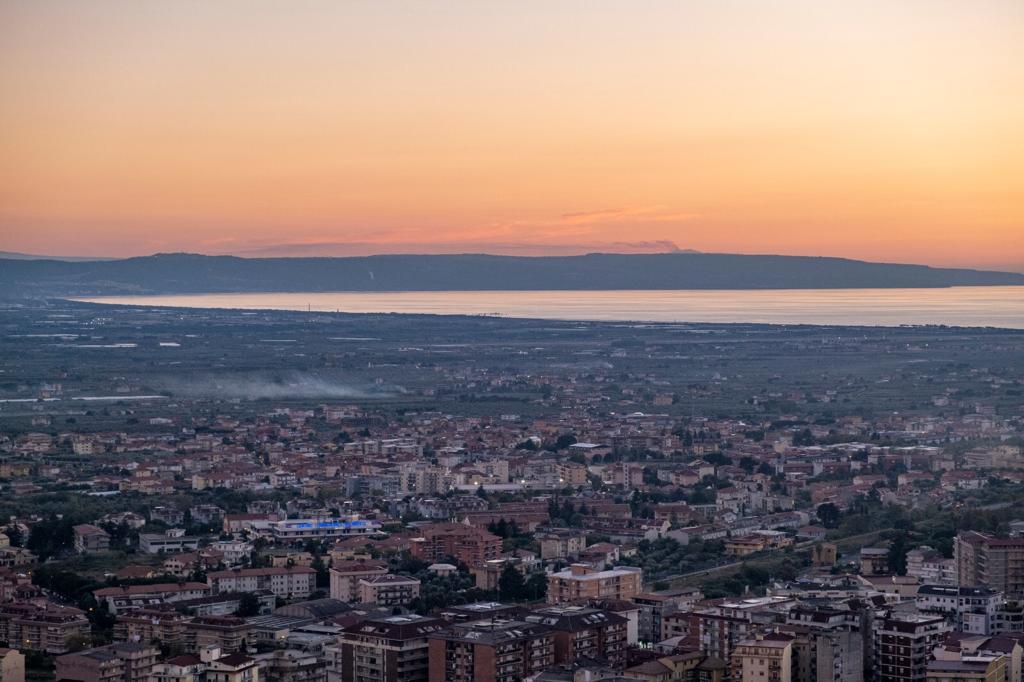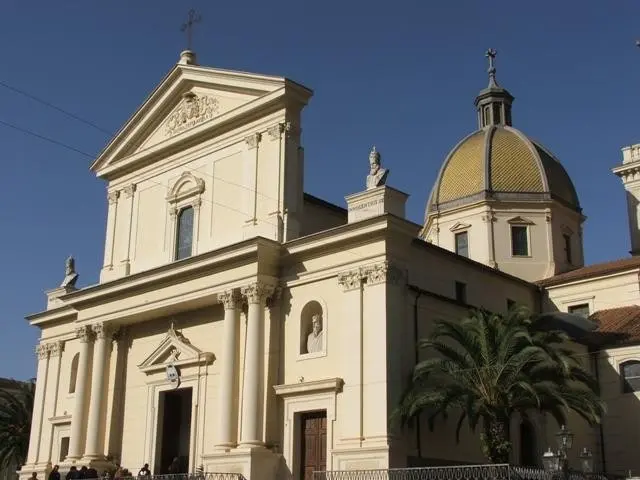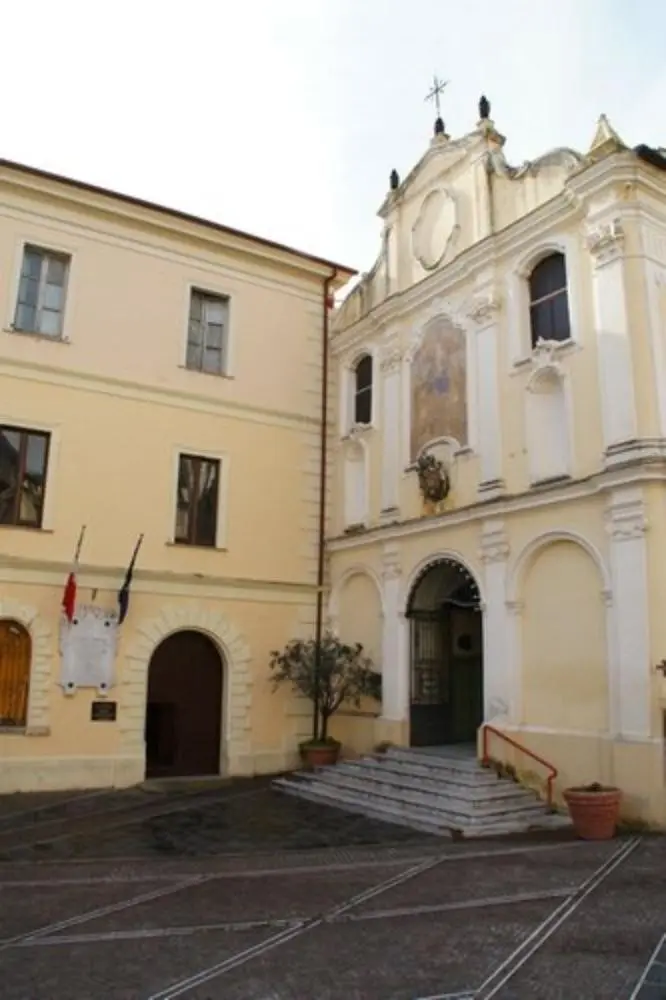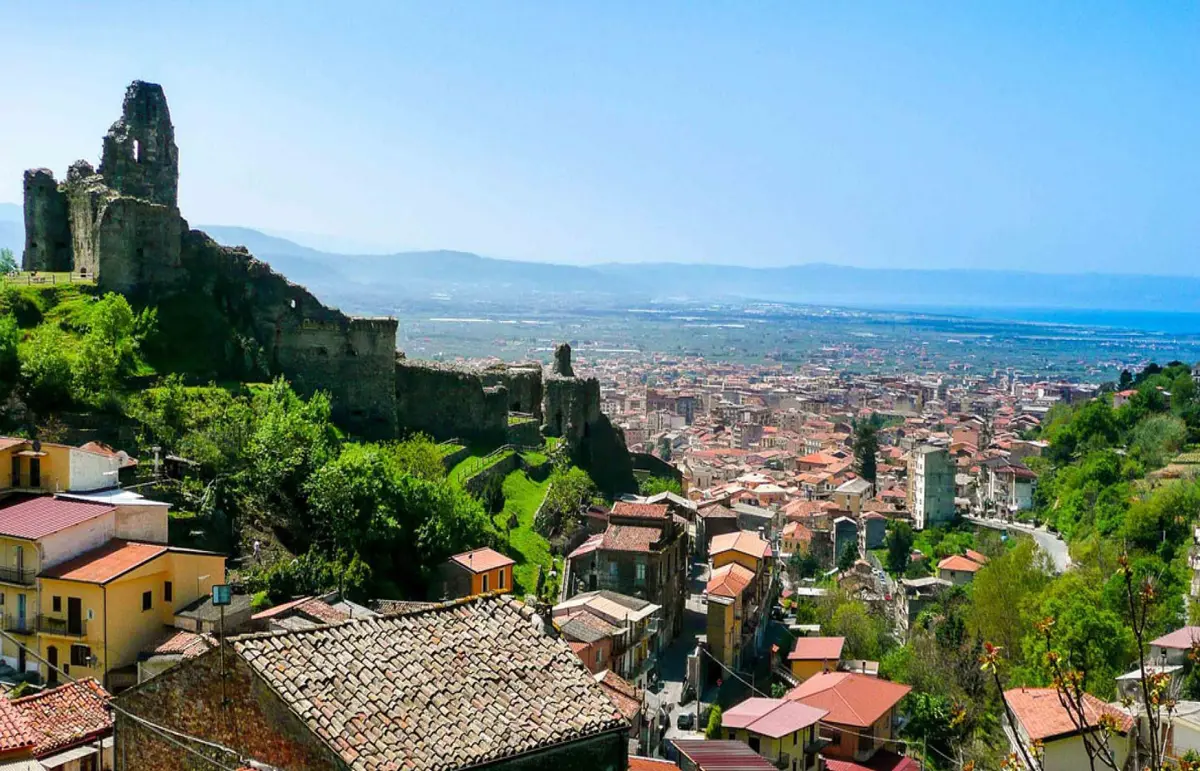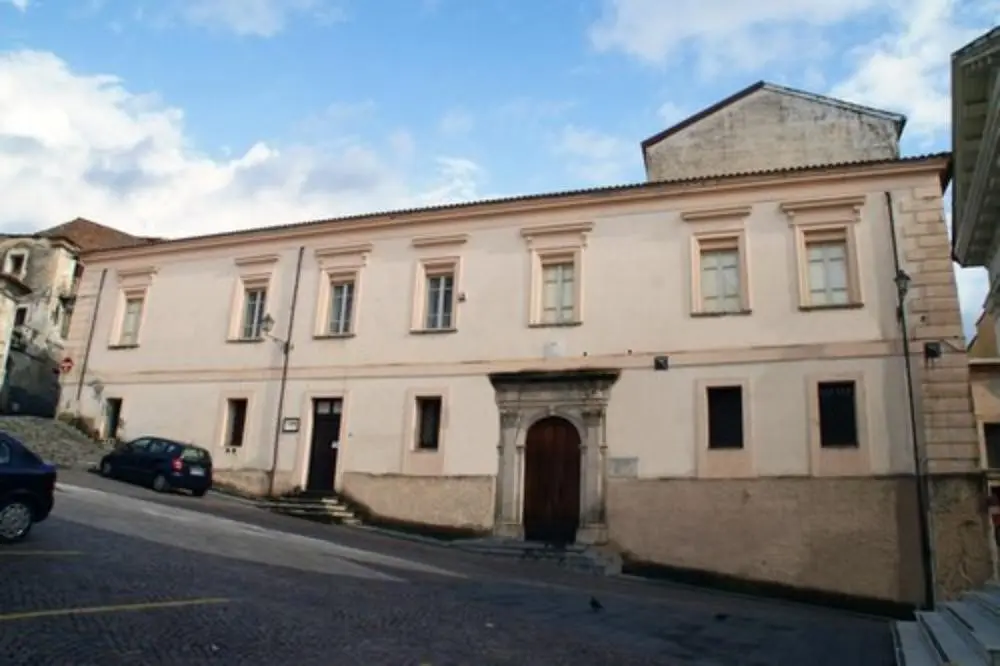Benedictine Abbey of Saint Euphemia
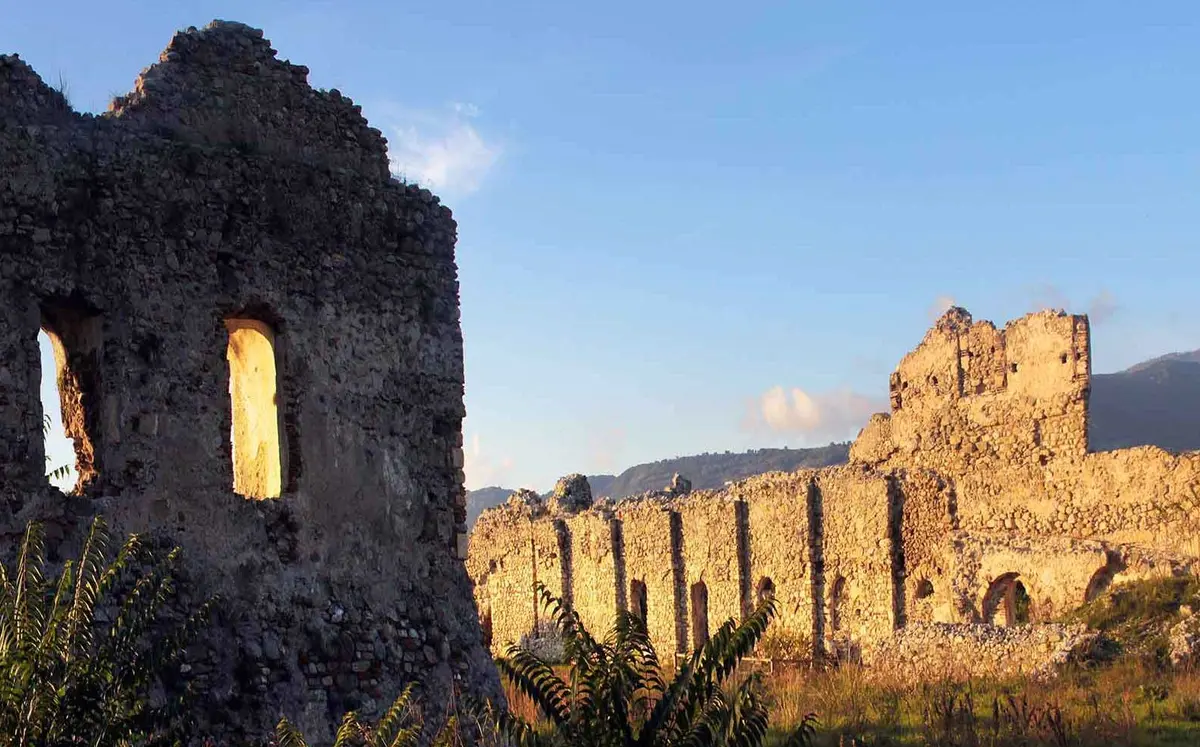
Archaeological Area
The complex of the Benedictine Abbey of Saint Euphemia was founded by Robert Guiscard in the second half of the 11th century in the place of an ancient Byzantine monastery. This monument is well known to scholars and it was the object of two digging campaigns in the ‘90s. The results allowed the experts to reconstruct the planimetry of the church (built in compliance with the architectonic principles diffused by the Normans in Southern Italy) together with a first topography of the complex in which it is currently possible to recognize the church, the ruins of the cloister and monastery and the large town walls.
Three archaeological zones have been located from past researches in Lamezia area, carried out by the General Department for Archaeological heritage in Calabria. They are the Norman Swabian castle in Nicastro, the Benedictine Abbey of S. Maria di S. Eufemia, the area of “Iardini di Renda” where the first remains of the Greek city of Terina, one of Crotone colonies, were found.
Present archaeological investigations concern the church, with the focus on the area of the great presbytery and the main apse. In this part, 3-4 m deeper than the ground level (that has risen in time due to the frequent floods of the Bagni river) a polychromatic tessellated marble pavement decorated with geometric patterns of Norman origins was located. In the same site, the outer walls and the pillars supporting the barrel roof were also discovered. The remains of the altar, deprived of marble covering, stand on a raised marble rectangular tribune, in the center of the apse. The semicircular part of the main apse lies under the local road passing near the church. Rests of badly preserved graffiti and frescos are visible on the plastered walls. Moreover, spolia (carved stones and bricks) from the city of Terina, where the abbey area rests on, are embedded into the un-plastered walls.
Among material remains, there are fragments of architectural stone and marble features that probably decorated the inside of the church, a few potsherds and metal objects (iron, bronze), mainly attributable to later periods.
Interesting data emerged during area cleanup, when the existing structures became visible. New planimetry will be developed and research activities will be implemented in the area. Beside digging activities, non-destructive actions have been launched such as elevation survey through modern digital photogrammetry techniques, GPS topographic survey to develop a new georeferenced cartography. Geoelectric prospecting by archaeological geophysical experts will be also conducted to detect buried structures.
